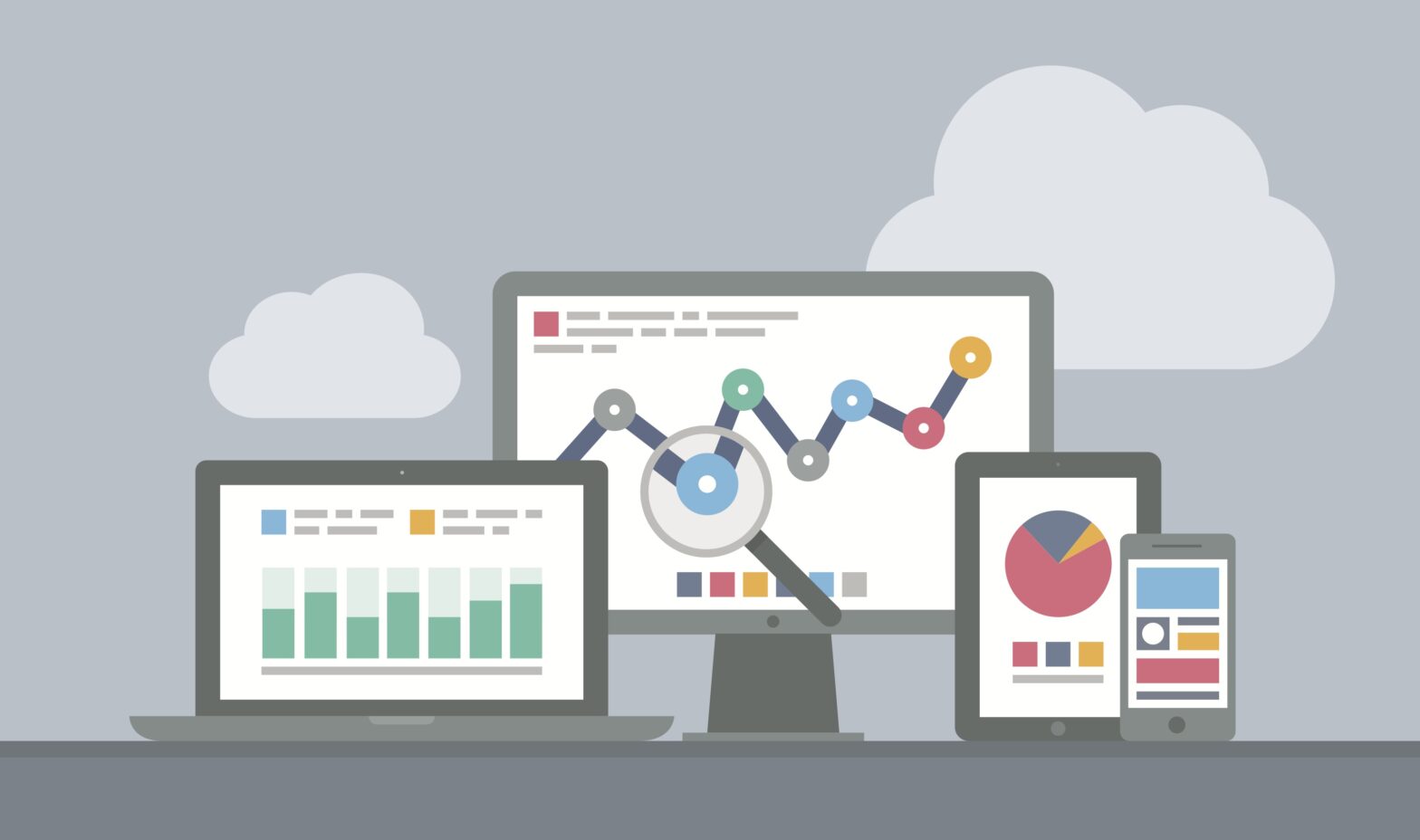This growth and complexity of infrastructures, along with the wealth of data that passes through an organisation’s IT infrastructure on a daily basis, presents IT operations teams with fresh challenges that are becoming increasingly harder to address.
At the same time, such challenges are leading end-users to become further dissatisfied with their IT departments.
All of this signals a need for a change in focus for IT operations teams; from an ongoing system of reactive maintenance to a more proactive, innovative and tailored approach. CIOs, though, currently find themselves without the financial or human resources necessary to take this approach, having to cut costs and corners in order to find new IT efficiencies.
Driven by a need to address these concerns, the emergence of real-time IT analytics will prove to be a light at the end of the tunnel. Analysing significant amounts of operational data in real-time brings with it the ability to identify the trends and anomalies that can serve as key indicators of the health and performance of a company’s IT infrastructure.
A change for the good
IT Operations Analytics, or ITOA, a form of real-time analytics recently identified as an emerging sector by Gartner, is set to have a major impact on the IT industry as it develops, enabling new and more cost-effective ways of carrying out business processes and delivering services to end-users.
By employing advanced analytics to harness vast volumes of highly diverse data from various applications and endpoints across an organisation’s IT infrastructure, ITOA solutions provide IT service desks with instant awareness of issues as they occur – and often before the person at the other end is able to acknowledge. Along with awareness, they deliver an understanding of how these issues could in turn affect both the IT infrastructure and the wider business.
As ITOA looks to enter the mainstream over the next four to five years, as predicted by Gartner, the solution will provide CIOs and IT managers with increasingly important operational and business data. This crucial information will be directly captured from the data generated by those business processes and services entwined within an organisation’s IT infrastructure, before being aggregated and analysed.
>See also: Big data vs. big regulation: Will changing the rules empower consumers?
This analysis is then used to provide the IT operations team with full and clear insight into the performance of their company’s IT infrastructure, allowing them to identify and isolate any disruptions, inefficiencies and failures.
The IT service desk is provided with a graphic view of the current state of the IT infrastructure and individual devices as well as the ability to look back and see a device’s activity history. By identifying any changes that have been made, including any installed applications, the operations team will be immediately made aware of potential issues likely to occur at any given point on the IT infrastructure, as well as an understanding of the impact of these issues.
Additionally, as a boon to IT service desks, these analytics will provide a clear understanding of the issues, allowing the implementation of the solutions necessary to help users restore or maintain the service levels they require and expect.
The insights that ITOA delivers will, ultimately, allow for a consistent, efficient service regardless of an IT infrastructure’s size and complexity, even on a limited budget. Unlike traditional network and application monitoring performance tools, ITOA solutions are scalable and therefore able to monitor a growing number of endpoints and applications on an IT infrastructure without requiring extensive per-application configuration.
The right perspective
This visibility into an IT infrastructure and its respective endpoints and applications should be welcomed by IT operations teams, as there remains a lack of visibility into the consumption of an organisation’s IT services, and just how these services are perceived by end-users.
Indeed, although many organisations claim that they actively monitor networks and servers, analysts state that more than half of IT issues reported by end-users were not detected by back-end monitoring tools.
By using ITOA tools that offer this end-user perspective, members of the IT service team will not only be able to monitor the current state of the IT infrastructure, but also focus on individual devices. In doing so, they can identify and isolate a particular issue on one particular affected device, before identifying other devices on the infrastructure with a similar configuration, and taking pre-emptive steps in preventing similar issues affecting users across the business.
>See also: Gartner predicts BI and analytics will remain top focus for CIOs through 2017
Project leader
While ITOA are of obvious benefit in providing a current view of an organisation’s IT infrastructure, they are also useful in the planning of migration and transformation projects.
According to leading analysts, 90% of these projects suffer delays in their implementation, leading to a failure in their delivering the expected benefits. ITOA solutions, however, can help to minimise potential downtime by better controlling planned changes and pro-actively identifying any unplanned alterations.
Being armed with such information means that those responsible for planning and implementation will be able to avoid making costly mistakes and assumptions, identifying and resolving potential issues before they derail an IT project. The cost of employing an ITOA solution can be justified from the savings made here alone.
By identifying and isolating problems as they occur on an individual end-user’s device, ITOA can help IT service desks prevent more widespread issues taking place across the whole IT infrastructure.
In its Hype Cycle Report, Garner rated the business impact of ITOA as being ‘high’, meaning that its use will see businesses enjoy significantly increased revenue or cost saving opportunities. With lower budgets and smaller teams facing ever more complex IT infrastructures, the emergence of ITOA can be seen by CIOs and their operations teams as the right solution at just the right time.
Sourced from Poul Nielsen, director of strategy at Nexthink







